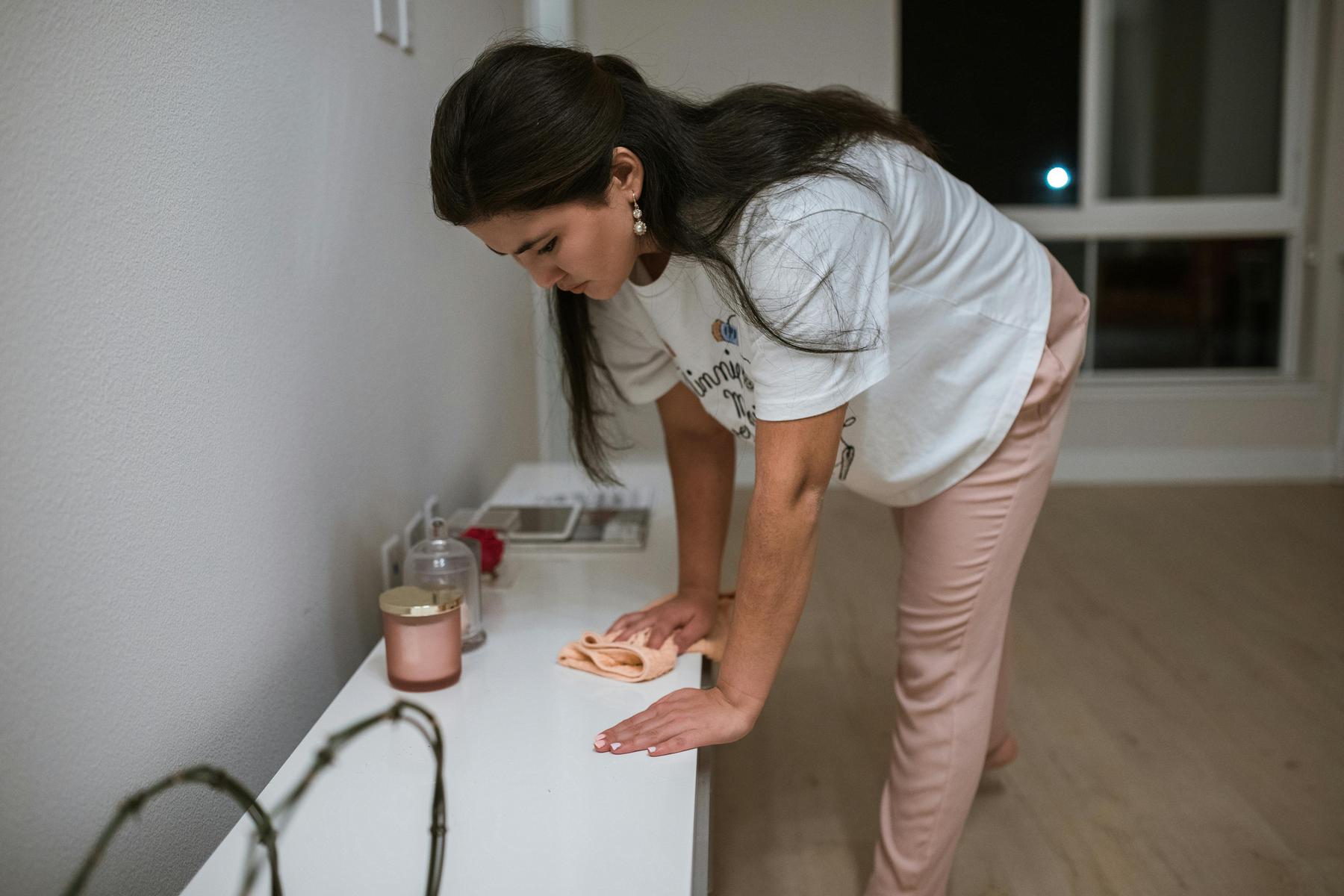When embarking on a weight loss journey, most people focus on diet plans and exercise routines, but often overlook a critical element that can significantly impact success: proper athletic footwear. The right shoes don’t just prevent injuries—they can actively enhance your weight loss efforts through improved biomechanics, increased energy expenditure, and better exercise adherence. For individuals carrying excess weight, selecting appropriate footwear becomes even more crucial due to unique physiological and biomechanical considerations.
How Does Footwear Impact Weight Loss Success?
The relationship between your shoes and weight loss extends far beyond comfort. Athletic footwear directly influences several physiological mechanisms that determine how effectively your body burns calories during exercise.
When you exercise in properly designed shoes, your muscles work more efficiently. Research demonstrates that certain footwear designs increase oxygen consumption by up to 12.7% and energy expenditure by 14.3% compared to standard shoes. This occurs through what scientists call the “energy cost of stability”—the metabolic penalty your body pays to maintain balance while moving.
Additionally, well-designed athletic shoes can enhance fat utilisation during exercise. Studies show that specialised designs can increase fat oxidation by up to 19% during submaximal walking compared to standard trainers. This metabolic shift is facilitated through:
- 14% higher epinephrine levels
- 22% greater activity in key leg muscles
- 9% lower respiratory exchange ratio
For those pursuing weight loss, these physiological advantages can accelerate fat mass reduction significantly when following a consistent exercise program.
Beyond calorie burning, appropriate footwear supports exercise adherence—perhaps the most crucial factor in long-term weight management. When your shoes reduce discomfort and fatigue, you’re more likely to maintain consistent physical activity, creating the sustained calorie deficit necessary for weight loss.
What Shoe Features Best Support Weight Loss Efforts?
Not all athletic shoes are created equal when it comes to supporting weight loss goals. Several specific design elements can significantly impact your exercise efficiency and comfort.
Midsole Design and Energy Return
The midsole—the layer between the insole and outsole—plays a pivotal role in both comfort and performance. Modern thermoplastic polyurethane (TPU) midsoles found in “energy return” shoes alter stride dynamics in ways that benefit weight loss:
- 4.6% shorter ground contact time
- 2.1° greater knee flexion during midstance
- 8.7% higher cadence at self-selected walking speeds
These biomechanical improvements correlate with 5-7% increases in daily step counts among previously sedentary individuals, equating to approximately 58 additional calories burned per 10,000 steps—a meaningful contribution to weight loss efforts.
Cushioning: Finding the Right Balance
While cushioning provides essential impact protection, the relationship between cushioning and weight loss efficacy is nuanced. Maximalist cushioning (with stack heights of 30mm or greater) reduces Achilles tendon forces by 28% per mile, but simultaneously decreases calf muscle activation by 19% compared to minimalist designs.
The optimal balance appears to be shoes with moderate cushioning (20-25mm heel-to-toe drops) combined with responsive foams. This combination preserves joint protection while maintaining the neuromuscular efficiency needed for effective calorie burning.
Stability Features for Proper Alignment
For those carrying extra weight, proper stability features are crucial. However, research has shifted away from rigid motion control shoes toward adaptive stability systems that provide support only when needed:
| Shoe Type | Peak Eversion (°) | Oxygen Cost (ml/kg/km) | Vertical Loading Rate (BW/s) |
|---|---|---|---|
| Motion Control | 5.2 ± 1.1 | 215 ± 12 | 70.1 ± 8.4 |
| Adaptive Stability | 7.8 ± 0.9 | 207 ± 11 | 62.3 ± 7.1 |
| Neutral Cushioned | 10.3 ± 1.4 | 198 ± 9 | 58.9 ± 6.5 |
Modern adaptive stability shoes improve running economy by 2.4% versus traditional stability shoes while reducing tibial shock by 17% compared to neutral shoes. This combination of efficiency and protection is particularly valuable for weight loss exercisers.
Breathability and Thermal Management
Thermal regulation within footwear is often overlooked but particularly important for weight loss. Individuals with higher body mass exhibit up to 34% higher foot skin temperatures during exercise due to increased insulation from subcutaneous tissue.
Advanced footwear incorporating thermal regulation technologies can reduce:
- Interdigital humidity by 51%
- Midfoot temperature fluctuation by 50%
- Perceived exertion during exercise
These benefits translate to extended walking duration by 18-22 minutes in individuals with higher BMIs—a critical advantage for maintaining the calorie deficits necessary for weight loss.
How Should Different Body Types Choose Athletic Footwear?
Body composition significantly influences footwear needs, particularly for those pursuing weight loss. Several key considerations emerge for individuals with higher body mass indices.
Load Distribution and Structural Requirements
Higher body weight places increased demands on footwear integrity. Research shows that individuals with BMIs of 35 or above compress standard EVA midsoles 37% faster than those at lower weights. This necessitates designs with:
- Polyamide/polyurethane blends capable of withstanding 500,000+ compression cycles
- Welded overlays rather than stitched seams at upper stress points
- High-abrasion rubber compounds (70+ Asker C hardness) for outsole durability
Additionally, individuals with higher body mass benefit from shoes with wider platforms. Models with heel widths of 95mm or greater provide enhanced stability and distribute ground reaction forces more effectively during walking and running activities.
Arch Support Considerations
Foot arch dynamics change significantly with weight fluctuations. Higher body mass typically flattens the medial longitudinal arch, potentially leading to overpronation and associated joint stress.
For weight loss exercisers, footwear with graduated support—providing structure where needed without rigid motion control—offers the best combination of protection and function. Look for:
- Dynamic arch technologies that adapt to your foot’s movement patterns
- Medial posting that activates only during excessive pronation
- Wider toe boxes that allow natural forefoot splaying during weight-bearing
These features help maintain proper alignment without restricting the natural muscle activity necessary for optimal calorie burning.
Impact Attenuation Requirements
The relationship between body weight and ground impact forces is nearly linear—essentially, higher weight creates proportionally higher impact forces during walking and running.
Research demonstrates that individuals with higher BMIs benefit from shoes with specialized impact attenuation systems that reduce knee adduction moments by up to 23% during dynamic movements. This protection is crucial for preventing joint discomfort that might otherwise limit exercise adherence.
However, it’s important to balance impact protection with metabolic efficiency. Each 100g added to shoe mass increases energy expenditure by approximately 1.11% at moderate paces but may reduce running economy at higher speeds. This creates a delicate balance between protection and performance that must be considered when selecting footwear for weight loss activities.
When Should You Replace Your Weight Loss Exercise Shoes?
Footwear degradation happens faster than most people realise and can significantly impact weight loss efforts. For those carrying additional weight, shoe replacement timing becomes even more critical.
Research indicates that individuals with higher BMIs compress midsole materials significantly faster than their lower-weight counterparts. This accelerated wear affects both performance and protection:
- Cushioning properties may decrease by up to 30% after 300-400km of use
- Stability features begin to deteriorate after approximately 450-500km
- Outsole traction diminishes noticeably after 350-400km in heavier individuals
For most people engaged in weight loss programs, this translates to replacing athletic shoes every 4-6 months with regular use, rather than the 6-8 months typically recommended for lower-weight exercisers.
Beyond simple mileage guidelines, several observable indicators suggest it’s time for new footwear:
- Visible compression lines in the midsole material
- Asymmetric wear patterns on the outsole
- Reduced spring or energy return during activity
- Increased discomfort during or after exercise sessions
- Visible breakdown of upper materials, particularly at flex points
Maintaining fresh footwear with intact supportive structures is essential for both injury prevention and maintaining the biomechanical efficiency that supports optimal calorie expenditure during weight loss efforts.
Which Activities Require Specialized Footwear for Weight Management?
Different exercise modalities place unique demands on footwear, particularly when pursued for weight loss goals. Understanding these specific requirements helps optimize both safety and efficacy.
Walking for Weight Loss
Walking remains one of the most accessible and effective activities for weight management. For walking-specific footwear, research supports designs that:
- Incorporate moderate rocker soles that reduce forefoot pressure by up to 25%
- Feature wider base of support through the midfoot for enhanced stability
- Provide moderate cushioning (15-20mm heel stack) for impact protection without excessive energy absorption
These features support longer walking durations with reduced discomfort—a crucial factor since walking duration correlates strongly with weight loss outcomes.
Running and Jogging
For those incorporating running into weight loss programs, footwear considerations become more complex. Research indicates that individuals with higher BMIs benefit from:
- Adaptive cushioning systems that respond differently at various impact levels
- Medial support structures that activate only during excessive pronation
- Wider platforms through the rearfoot and midfoot for enhanced stability
- Outsole designs that promote midfoot striking rather than heel striking
These features support both the biomechanical efficiency and injury prevention necessary for consistent running programs.
Cross-Training and Gym Activities
Weight loss programs often incorporate varied training modalities, from resistance training to interval workouts. For these mixed-modality sessions, footwear should provide:
- Lateral stability for side-to-side movements
- Moderate cushioning that doesn’t compromise stability during lifting
- Low-to-moderate heel-to-toe drop (4-8mm) for versatility across activities
- Durable upper materials that withstand abrasion from varied movements
These characteristics support the diverse movement patterns found in cross-training sessions while maintaining the stability necessary for safe exercise with higher body mass.
Supporting Your Weight Loss Journey with Proper Footwear
Selecting the right athletic footwear represents a critical but often overlooked component of successful weight loss. The research is clear: properly selected shoes can enhance calorie expenditure, reduce injury risk, and improve exercise adherence—all key factors in achieving sustainable weight reduction.
When choosing footwear for weight loss activities, prioritize:
- Biomechanical efficiency through appropriate cushioning and energy return
- Structural integrity suited to your current body mass
- Thermal regulation features that enhance comfort during extended activity
- Activity-specific designs that match your primary exercise modalities
- Regular replacement to maintain optimal support and performance
Remember that as your weight changes, your footwear needs may evolve as well. What serves you well at the beginning of your journey might not be optimal as you progress toward your goals.
By approaching footwear selection with the same thoughtfulness you apply to exercise selection and nutrition, you create a stronger foundation for weight loss success. The right shoes don’t just protect your feet—they enhance your body’s ability to burn calories efficiently and comfortably, supporting both immediate exercise performance and long-term weight management goals.
How much should I spend on athletic shoes for weight loss activities?
Quality athletic footwear typically costs between $120-200 AUD, which represents a worthwhile investment in both comfort and performance. Research indicates that higher-quality materials maintain their supportive properties for 20-30% longer in individuals with higher BMIs, making them more cost-effective over time despite the higher initial investment. Rather than focusing solely on price, prioritize finding shoes with the specific features that match your biomechanical needs and primary activities.
Should I use the same shoes for different types of workouts?
For optimal results, using activity-specific footwear is recommended, especially for those carrying extra weight. Walking shoes, running shoes, and cross-training shoes have fundamentally different design priorities. Using running shoes for weightlifting, for instance, can reduce stability by up to 17% due to excessive cushioning. If budget constraints limit you to a single pair, cross-training shoes offer the best compromise for mixed-modality workouts typical in weight loss programs.
How can I determine my foot type for proper shoe selection?
Professional gait analysis provides the most accurate assessment of your foot type and biomechanical needs. Many specialty running stores offer this service, and telehealth podiatry assessments are increasingly available throughout Australia. A simplified at-home method involves the ‘wet test’—wetting your foot and stepping on a paper bag to observe your footprint pattern. A complete footprint indicates flat feet requiring stability features, while a very narrow midfoot connection suggests high arches needing enhanced cushioning.
Can changing my footwear really make a difference in weight loss results?
Research demonstrates that optimized footwear can increase calorie expenditure by 7-15% during walking and running activities compared to standard shoes. Over time, this difference becomes significant—potentially accounting for an additional 1,500-2,500 calories burned monthly with consistent exercise. Moreover, appropriate footwear extends exercise duration by reducing discomfort, further contributing to calorie deficits. While shoes alone won’t cause weight loss, they create conditions that maximize the effectiveness of your exercise efforts.
As I lose weight, will my footwear needs change?
Yes, weight loss significantly affects footwear requirements. Research shows that for every 5kg of weight lost, impact forces during running decrease by approximately 2.5%. As you progress in your weight loss journey, you may require less cushioning and stability support. Additionally, arch height often increases slightly with significant weight loss, potentially changing pronation patterns. Reassessing your footwear needs after losing 10% or more of your starting weight is advisable to ensure optimal support for your changing biomechanical profile.



